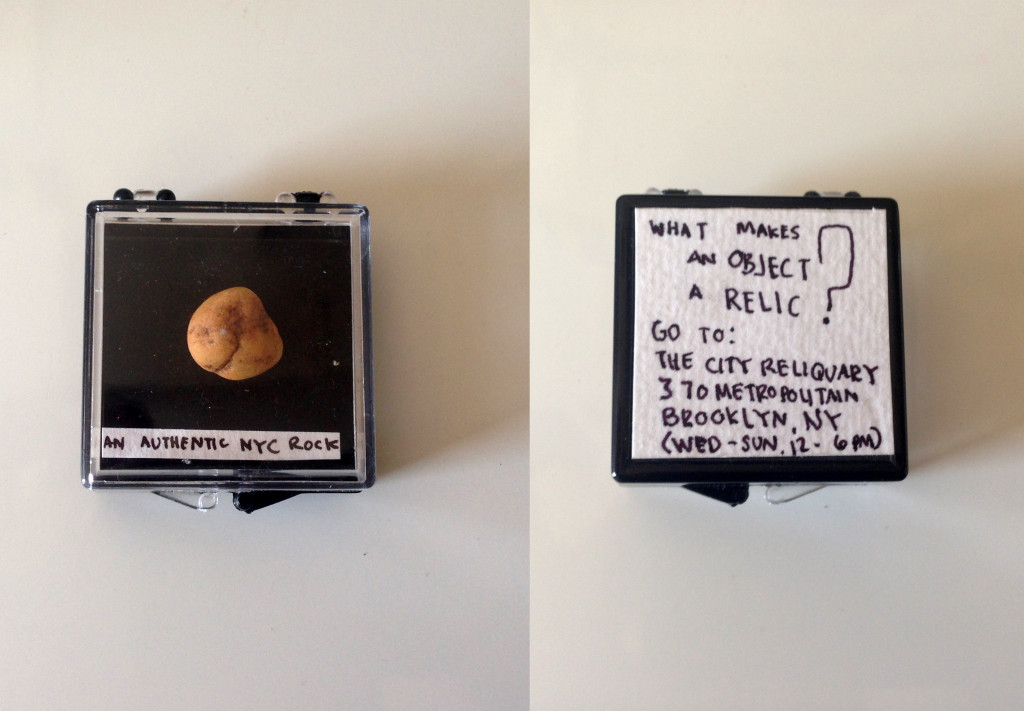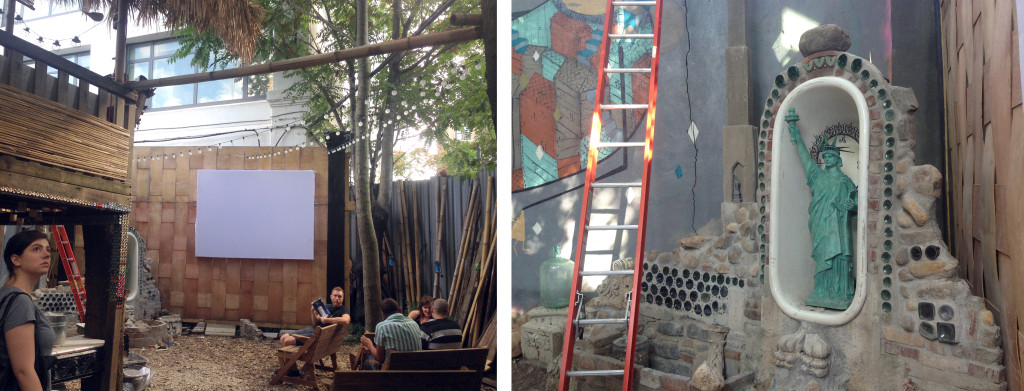My comment for From Augmenting Human Intellect: A Conceptual Framework by Douglas Engelbart (published 1962) from the New Media Reader.
In Augmenting Human Intellect, Douglas Engelbart defines the topic as “increasing the capability of man to approach complex problems”. At first I didn’t know what to make of this definition. As I read on to the details of his process building out this system, I started to understand “augmenting human intellect” as building tools that would aid human’s intuitive thought process. I’m not sure about actually increasing or enhancing our capabilities, however. Engelbart provided an interesting example by experimenting with three ways of putting a sentence (thought/idea) down on paper/screen. In his words, one is augmented by a typewriter (it took 7 secs), one is done in cursive script (it took 20 secs), and one “de-augmented” by attaching a piece of brick to a pen (it took 65 secs). I thought the “pen attached to brick” was a very illustrative analogy to the available tools that people had before the personal computer. And perhaps even today, we are still using a version – albeit a more advanced version – of the “pen attached to brick” tool to collect our thoughts and collaborate with others.
The most amazing part about reading this report was that I was able to dive into the mind of one of the greatest inventors of the 20th Century. Here I should note that Engelbart was the inventor of the word processor, the mouse, the window, and had helped to establish the Internet. Following through his detailed discoveries and thought process behind inventing tools that we take for granted was both insightful and inspiring. I had recently went to a prototyping workshop, where the speaker talked about using the least amount of time and resources to make “works-like” prototypes to test out ideas. Engelbart’s card indexing system, which was inspired by Bush’s Memex device, was essentially a “works-like” prototype of a very early word processor and part of the Internet mixed into one. But he was filing and marking his cards physically! He would group cards into separate decks based on category and subcategory. Each deck would have a master card with holes that link to individual cards in the deck. Reference would be marked by serial numbers on each card. And he would needle sort individual cards into linked cards based on his thought process. While doing this experiment, he made multiple discoveries with his team relating to how the human mind process information. Then he was able to make a leap from the cards, and imagine a powerful memory to store these information and connections virtually.
There are a lot from the report that we can learn from. First and foremost is the importance of prototyping, which can lead to discoveries previously unimaginable. Another is Engelbart’s way of choosing research projects. He chose projects that not only would have long term impact but also more immediate practical applications. And he remained introspective in deciding what he want to work on. Lastly, he understood the importance of keeping up with technological trends. At one point he mentioned that it would have been possible to build an electromechanical card filing system, but that he knew it would be obsolete very soon and that electronic computers would dominate in operating this type of system.
Someday, hopefully soon, I would love to read Engelbart’s entire report. I think it would be an excellent read for anyone interested in building tools and platforms for new media.






